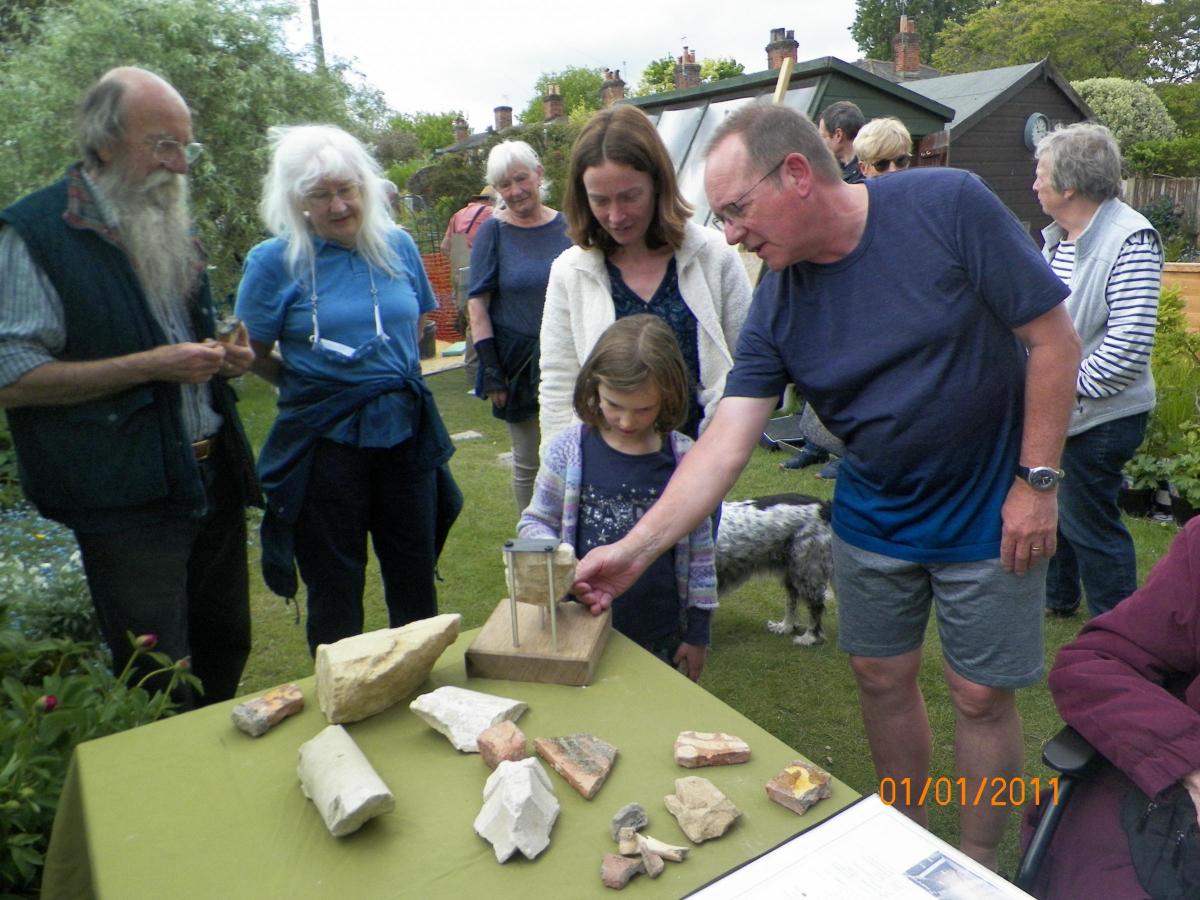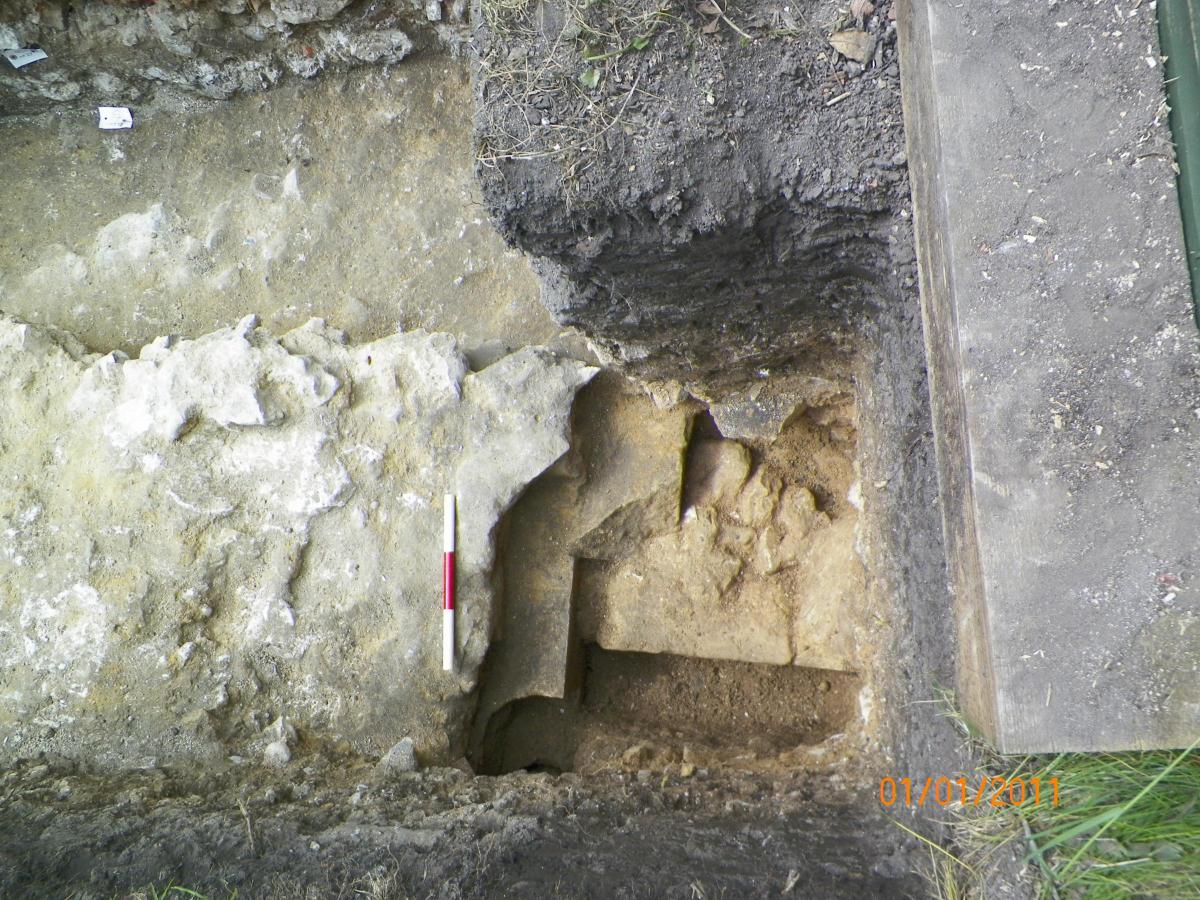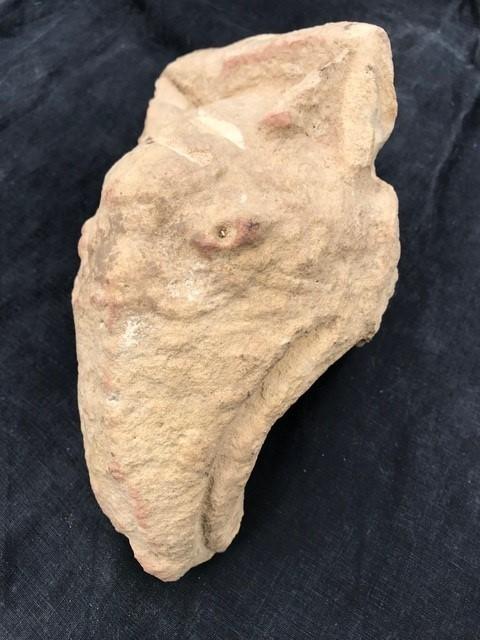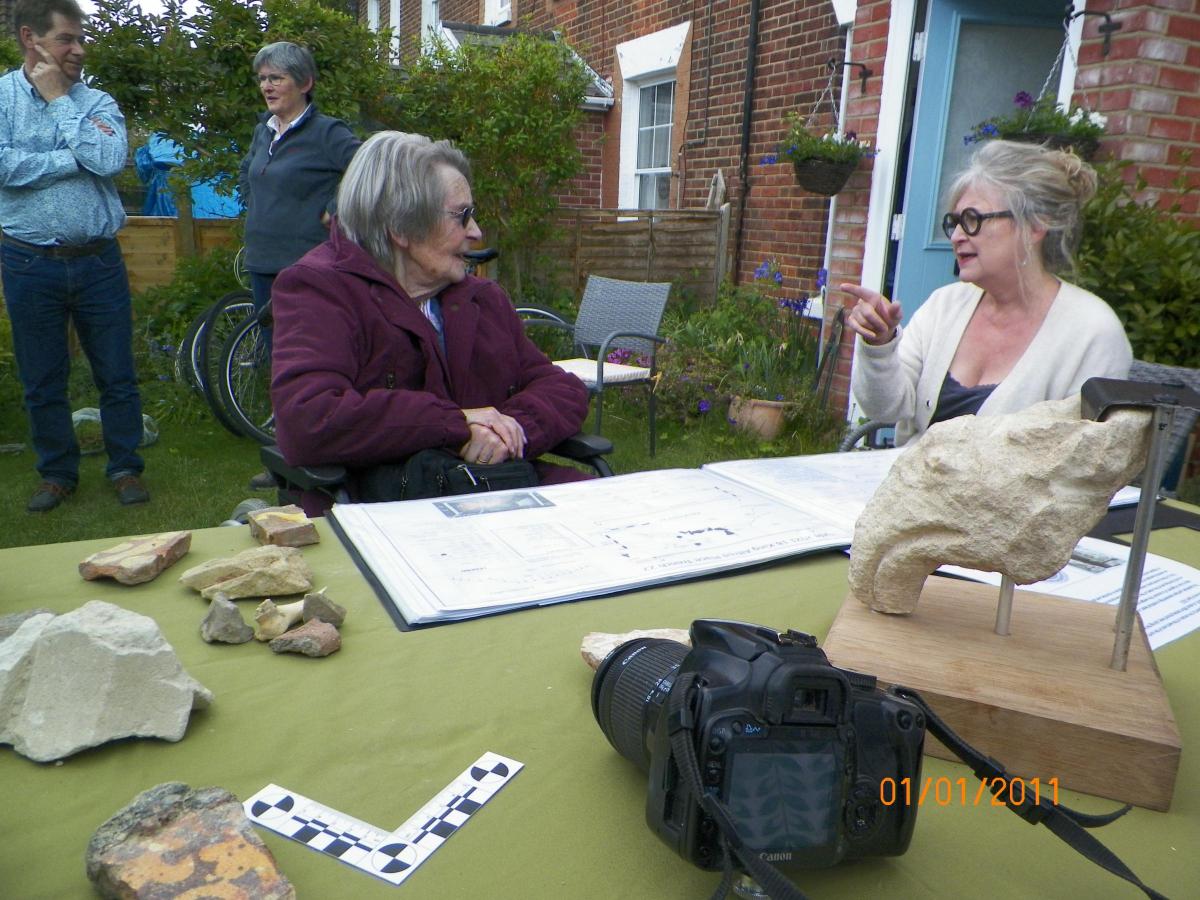Traces of Hyde Abbey Found in England
Remains of the core of a medieval wall have been found just 80cm below the garden of a house near Winchester in a major archaeological discovery this week. The excavation at Hyde Abbey, the burial place of Alfred the Great, also discovered a huge foundation, for what believed to be the north wall of a church.






Most stonework from the abbey has been robbed over time for reuse. Hence the archaeological team was delighted that the trench revealed some intact stonework to the north and floor surfaces to the south. This is the first discovery of the church nave of Hyde’s medieval abbey, according to the archaeologists.
Dig organiser David Spurling said the nave of the huge church under the gardens of Hyde had never been found before despite being the burial place of Alfred the Great. Over 80 metres long, it has remained hidden beneath the houses, gardens and roads in Hyde.
The latest dig, known as Hyde900, has now located the north wall for the first time, only some 80cm below the garden of 6 King Alfred Place.
Householders, Paul and Kat McCulloch had already had their garden dug during the 2020 Hyde900 Community Dig, but no remains of the abbey were found apart from demolition materials left over after the destruction of the abbey.
However, that dig, and the subsequent dig in 2020 at four other gardens in the vicinity, indicated that the trench in number 6 King Alfred Place missed the north wall of the nave by only two or three metres.
Mr Spurling said: “When we put together the new information from previous digs and had the results from the University of Winchester’s ground-penetrating radar survey done by David Ashby, we talked it over with Paul and Kat who jumped at the offer that we could once again dig the garden again – but to avoid Kat’s peony.
“Consequently, Hyde900 organised a limited scale single trench dig, to be staffed by some of our experienced volunteers, as it was expected that any remains would be at least 1.5 metres below the grass. As ever Professor Martin Biddle took a keen interest in the plans, and visited the dig at an early stage, being in Winchester for the launch of a further volume in the Winchester Excavations series.
“After an early find of a Morris Minor bumper and plenty of demolition rubble left over from the Bridewell, the prison built in 1793 over the site of the church, the team were delighted to see the remains of the core of a medieval wall, amazingly only 80cm below ground level.
“Further digging revealed a huge foundation, for what can only be the north wall of the church, no less than 2.7 metres in width.”
Prof Biddle expressed his pleasure at the results and said: “What a tremendous amount of new and important information from one trench.
“It’s a really vital addition to what we know about this important abbey.”
Paul and Kat McCulloch were also delighted at the discovery.
They said: “This dig has achieved results far beyond our expectations.
“To find intact stonework from the 12th-century abbey is rare; the excavation now confirms the exact location of the abbey nave.
“In addition, the find of a rare sculptured beakhead, perhaps representing a mythical beast, such as a Griffin, was a bonus. It is most likely to be a fragment of a voussoir (the wedge-shaped stone which is part of an arch) forming one of the orders of the arch over the doorway to the church. This will shortly be on display in Winchester Museum.”
The results of the dig have helped the Hyde900 expert cartographer Dave Stewart to redraw the north wall abbey church with certainty – but the west end is perhaps for the next annual Hyde900 Community dig scheduled for August 18-21.





